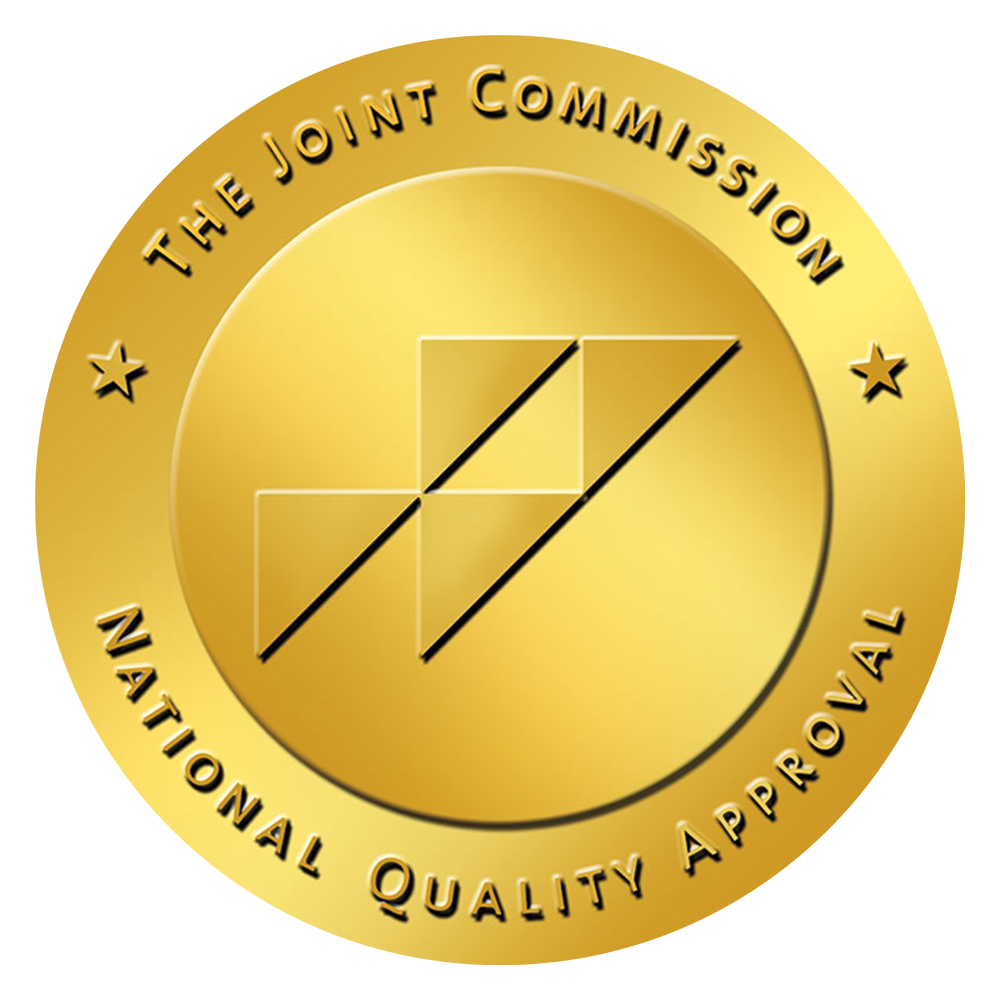Early Detection: Leading The Action Against Breast Cancer
October is Breast Cancer Awareness Month. This annual celebration has been marked from way back in 1985 and is not only celebrated in honor of survivors but also to raise awareness. Breast cancer is the most common cancer among women and the second leading cause of death after lung cancer, according to the American Society of Clinical Oncology (ASCO). Oncologists recommend early detection for higher chances of survival citing a 93% survival rate according to the American Cancer Society.
This year’s Breast Cancer Awareness Month, we shed light on how and why early detection is crucial for survival. Apart from the great impact it has on the survival rate, early detection and diagnosis also ensure a long healthy, and productive life after treatment.
Early detection involves breast self-exam, mammography, and clinical breast exams.
Breast Self Exam
Oncologists recommend a monthly breast self-exam for breast self-awareness. This can be done in front of a mirror, in a lying position, and in the shower. This is to encourage familiarity with how one’s breasts look and feel normally. It is with these routine self-exams that 40% of diagnosed breast cancers have been detected by women, according to Lillie D. Shockney, a distinguished service professor of breast Cancer from John Hopkins University. Women are encouraged to look for any palpable lumps, asymmetric thickening, and skin or nipple changes.
Mammography
Mammograms involve using an X-ray to examine the breast tissue for any tumors. It is more effective compared to the self-exams as it shows breast lumps even before they are felt. However, because of cases of false positives and overdiagnosis, further tests are always encouraged as not all lumps are abnormal due to the presence of fatty cells or cysts in the breast tissue.
Clinical Breast Exams
Unlike the breast self-exam done by an individual regularly, a Clinical Breast Examination is done by a trained healthcare professional. The healthcare professional asses the appearance of your breasts for any abnormalities. This is by observing:
Clinical breast exams are important because a professional will most definitely point out or recognize an abnormality you may otherwise have overlooked. Genetic Counselling and Testing are also encouraged for those with a family history of breast cancer just in case they have the inherited gene that predisposes them to breast cancer.
Early Detection goes a long way in increasing the chances of survival. It is therefore essential for women, including young women, to regularly self-examine their breasts, go for clinical examinations, and regularly schedule mammograms. By taking this first step, they ensure they take leading action against Breast Cancer.






